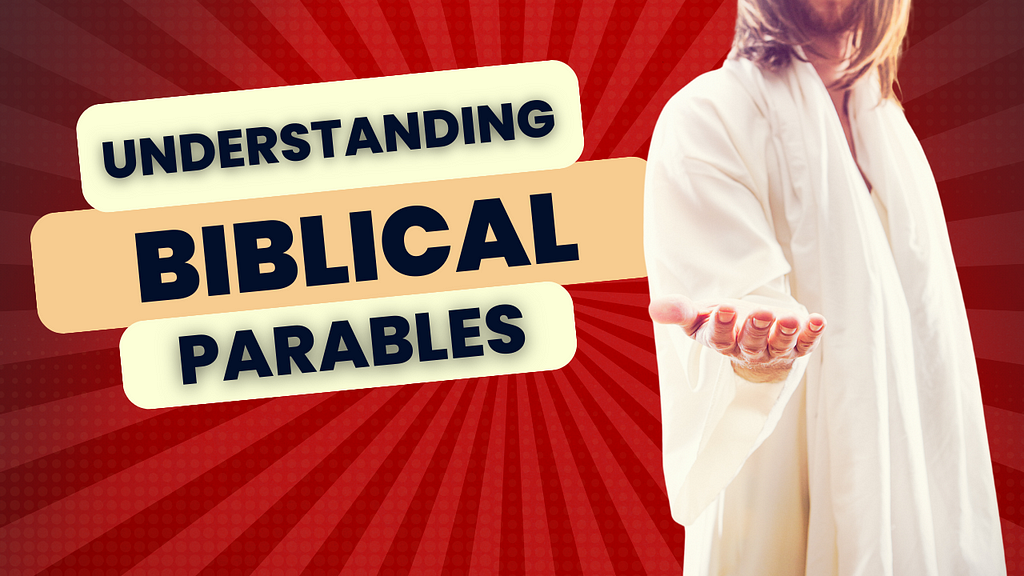
The Bible, a treasure trove of spiritual wisdom, often conveys profound truths through the use of parables. These short, narrative illustrations carry layers of meaning, inviting readers to delve into the depths of understanding. In this article, we will explore the art of biblical parables, seeking to unpack the hidden wisdom they contain and examining the timeless lessons they impart.
What are Parables?
Parables are concise, metaphorical stories used by Jesus in the New Testament to convey moral or spiritual lessons. These narratives draw upon familiar elements of everyday life, making them accessible to a diverse audience. Parables are not merely stories; they are windows into deeper truths that challenge and inspire.
The Purpose of Parables: Veiling and Revealing
Jesus often spoke in parables, and when asked about this method, he explained that it served a dual purpose: to both reveal truths to those who sought understanding and to veil them from those who were spiritually closed-off. This paradoxical nature invites contemplation, encouraging individuals to seek wisdom actively.
Example: The Parable of the Sower (Matthew 13:1–23) uses agricultural imagery to illustrate the varying responses people have to the message of the kingdom of God. The seeds sown on different types of soil represent different hearts and their receptivity to spiritual truths.
Interpreting Symbolism: Keys to Unlocking Meaning
Parables are rich in symbolism, and understanding the symbolic elements is crucial to unlocking their deeper meanings. Elements like seeds, fields, and characters often carry symbolic weight, transcending the literal narrative to convey spiritual truths.
Example: The Parable of the Good Samaritan (Luke 10:25–37) uses the characters of a priest, a Levite, and a Samaritan to challenge societal prejudices. The Samaritan, typically despised by the Jews, becomes the hero of the story, emphasizing the universality of compassion.
Context Matters: Cultural and Historical Nuances
To truly grasp the intended meaning of a parable, one must consider the cultural and historical context in which it was spoken. Jesus tailored his parables to resonate with the everyday experiences of his audience, infusing them with relevance and immediacy.
Example: The Parable of the Prodigal Son (Luke 15:11–32) gains depth when viewed in its cultural context. The son’s request for his inheritance before his father’s death was not just a breach of etiquette but a severe dishonor, intensifying the impact of the father’s forgiveness upon the son’s return.
The Kingdom of God: Central Theme of Parables
A recurring theme in Jesus’ parables is the Kingdom of God. Through vivid imagery and relatable scenarios, these parables offer glimpses into the nature of God’s kingdom, inviting listeners to participate in its unfolding reality.
Example: The Mustard Seed Parable (Matthew 13:31–32) portrays the Kingdom of God as a tiny mustard seed growing into a large tree. This image underscores the transformative power of small acts of faith and the expansive, all-encompassing nature of God’s kingdom.
Biblical parables are more than moral tales; they are windows into the divine, vehicles of profound wisdom that transcend time and culture. Understanding their hidden meanings requires a willingness to explore the layers of symbolism, consider the cultural context, and engage with the paradoxical nature of these narratives. As we unpack the hidden wisdom within biblical parables, we find ourselves on a transformative journey, gaining insights that shape our understanding of spirituality and the timeless truths embedded in these captivating stories.
Understanding Biblical Parables: Unpacking the Hidden Wisdom was originally published in SacredSagasStudio on Medium, where people are continuing the conversation by highlighting and responding to this story.